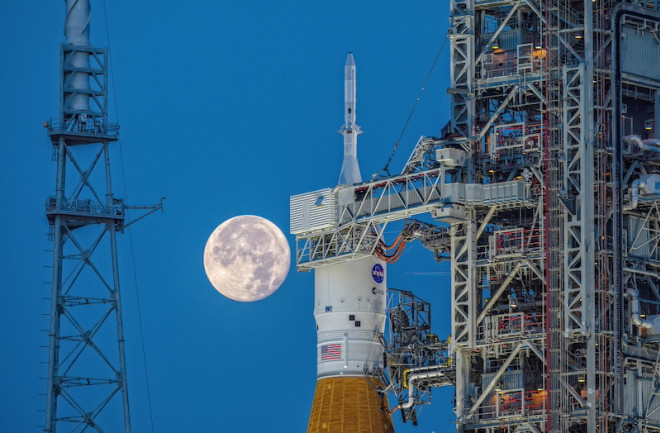After decades of stumbling, humankind has taken a big step forward in the ongoing quest to return to the moon — and to travel beyond. The journey has been a long time in the making: Our last visit was more than 50 years ago, during the Apollo 17 mission in 1972.
In April 2023, NASA named the four astronauts in the crew for Artemis II, the upcoming mission that could launch as early as November 2024. During the 10-day journey, the spacecraft will circle the moon, traveling deeper into space than any crewed spacecraft has ever gone before.
Why are we Going Back to the Moon?
It will help pave the way for Artemis III, which is planned to touch down on the lunar surface in 2025, and Artemis IV, a future mission to both land on the moon and visit the yet-to-be-built Lunar Gateway space station. The outpost will be positioned beyond the moon and serve a number of purposes — not least of which as a stopover for missions to Mars.
“We’ve only scratched the surface of what the moon has to tell us,” says Andrew Chaikin, a space historian whose books include A Man on the Moon, a recounting of the Apollo program. He points out that moon rocks, pristinely preserved on the lunar surface, can help scientists piece together the evolution of our cosmic neighborhood.
“They truly are Rosetta stones for decoding the earliest chapters of solar system history. Going to the moon is like being let in to the rare book room of the cosmic library.”
Who Is the Crew for Artemis II?
The named Artemis II crew members include Americans Victor Glover, Reid Wiseman, and Christina Koch, and Canadian astronaut Jeremy Hansen. The astronauts will be carried around the moon inside Orion, a solar-powered, reusable spacecraft roughly 16 feet in diameter at its widest — about the length of a large sedan — that was designed to ferry humans into deep space. Orion will sit atop the Space Launch System (SLS), NASA’s most powerful rocket to date.
Getting the program off the ground has been a bumpy, and often delayed, journey. Although the Artemis program officially started in 2019, the design of Orion began in 2006 as part of NASA’s Constellation, a crewed spacecraft program that was canceled in 2010. It was a collaboration between NASA and the European Space Agency, which built the service module.
What Happened to Artemis I?
Orion’s first flight test came in 2014, when it launched to space on top a Delta IV Heavy rocket and splashed down in the Pacific Ocean 4.5 hours later. Planning for the SLS launch rocket, which incorporates parts left from NASA’s canceled Space Shuttle program, began in 2011.
By the time Artemis II is done, NASA will have spent more than $90 billion on Artemis, according to a November 2021 report from the space agency. NASA has already spent $11.8 billion on development of the SLS alone, and admits that, at current costs levels, the SLS could be unaffordable.
Artemis I, an uncrewed mission, was planned for Aug. 29, 2022, from the Kennedy Space Center in Florida, but shortly before liftoff the launch was scrubbed due to a problem with one of the SLS’s four engines.
Bad luck struck again on Sept. 3, 2022, when the agency canceled a second attempt due to a liquid hydrogen fuel leak. A third launch attempt, planned for Sept. 27, 2022, was canceled due to concerns about a growing hurricane. Finally, on Nov. 16, 2022, the rocket lifted off, and 25 days later, after a journey of more than a million miles, the Orion capsule returned to Earth. Its only occupant was a mannequin, wearing a spacesuit and equipped with a barrage of sensors, named Moonikin Campos.
This story was originally published in our January February 2024 issue. Click here to subscribe to read more stories like this one.

